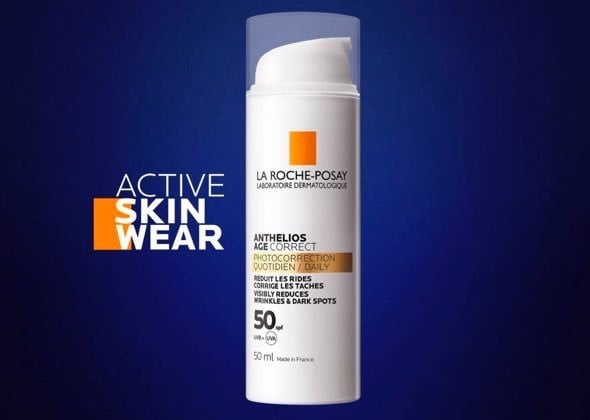SPOTSCAN+
Essayez notre outil de diagnostic pour les peaux à tendance acnéique

vitamin c
How are they used in our products ?
We use fragrance ingredients to create the Group's perfumes, eau de toilette and eau de Cologne products. The level of olfactory concentrate in these products can be up to 25%.
We also use fragrance ingredients to perfume other cosmetic products. For example, we put between 0.1 and 0.5% of olfactory concentrate in skin care products and 1% in hair products.
The fragrances we use in our products for babies, children and people with atopic skin are formulated to minimize the risk of allergies.
To limit the impact on the environment, we are working on more sustainable fragrances.
What are fragrances and fragrance ingredients ?
Fragrances are olfactory compositions that require a perfumer's unique expertise. These olfactory compositions are combinations of fragrance ingredients. They are unique and are not protected by property rights such as patents. That's why they are closely protected by the perfumer's secrecy.
In cosmetic products, the presence of a fragrance is indicated in the list of ingredients under the name "FRAGRANCE". As the composition of the fragrance is subject to the perfumer's secrecy, only the potential fragrance allergens are available in the list of ingredients. This makes it possible to inform consumers that they are present. Fragrance allergens are synthetic or natural constituents. These ingredients are also found in essential oils.
Where do they come from ?
The arrival of synthetic ingredients at the beginning of the 20th century revolutionised the perfume world. The palette of ingredients was multiplied by four and enabled the perfume industry to reinvent itself by moving into new olfactory territories.
Without synthetic molecules in the composition of a fragrance, it would be impossible, for example, to reproduce certain fresh floral scents, like lilac, lily of the valley or jasmine... Indeed, these flowers remain 'mute' when you try to distil them or extract their scent.
Why are they being questioned ?
Whether natural or synthetic, some perfumes or fragrance ingredients are perceived as causing allergies and others contain substances suspected of being reprotoxic and endocrine disrupting.
Others are identified as persistent in the environment.
The Facts:
- Fragrance ingredients are subject to risk assessment by the IFRA [lien IFRA : "https://ifrafragrance.org/], a body which strictly regulates the use of each fragrance ingredient in each product category. The European Cosmetics Regulation is also involved in the regulation of fragrance ingredients.
- Olfactory compositions are subject to an initial safety assessment by the supplier. They must then meet L'Oréal's specifications, which may go beyond what is required by international regulations. Our safety assessment takes account of the cumulative effect of fragrance ingredients found in any type of cosmetic product and exposure corresponds to the conditions of use (frequency and area of application). In the case of cosmetic products (excluding eau de toilette), exposure to the fragrance is very low as its content rarely exceeds 1%. This dual evaluation by both the supplier and by our teams of toxicologists guarantees that the products are used safely, minimizing the risk of allergy.
- Recent studies have included certain fragrance ingredients on lists of potential endocrine disrupters. According to the World Health Organization (WHO) definition of endocrine disrupters, fragrance ingredients are not endocrine disrupters.
Why are they used ?

NOUS SOMMES LA MARQUE DE
SOINS DE LA PEAU LA PLUS
RECOMMANDÉE PAR LES
DERMATOLOGUES DANS LE MONDE
(Ipsos, TNS) entre novembre 2018 et juillet 2019
chez des dermatologues dans 43 pays représentant plus de 80 % du PIB mondial.






